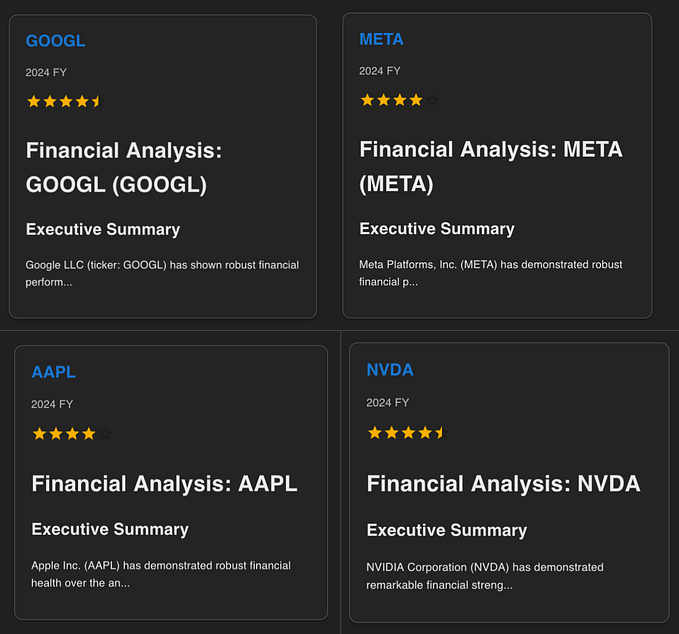2023: The Year That Failed Forecasts
In ancient Rome diviners read the liver and gall bladder of sheep to interpret the will of gods. Today the innards of data are tortured to predict the future. The forecasts frequently flatter and flail. China’s economy did not rebound, the US economy didn’t go into recession, stocks roared, crude oil prices didn’t rise. It is useful to remember forecasts are at best A view and are not THE view.
By Shankkar Aiyar | The Third Eye | Published: 24th December 2023 |
The origins of the term forecasting are embedded in history. For centuries, kings and kleptocrats obsessed about methods to divine the future. In ancient Rome, Romulus and Claudius were known to engage the services of Etruscan diviners, known as Haruspices, to deduce the will of gods from the liver and gallbladder of sheep.
The myriad methods of divining are recorded in the history of Babylonian, Akkadian, Sumerian and other Mesopotamian cultures. A researcher in Britain has claimed to have divined Donald Trump’s victory in 2016 by reading the liver of a sheep.
In the modern era, forecasts are deemed to be more scientific. The future is divined by torturing the innards of economic data. While the accuracy of the predictions made during the Roman era is unknown, the forecasts made in more recent times frequently flatter and flail.
The problem, to paraphrase Daniel Kahneman, is that the ability to predict the future is afflicted by the ease with which the past is explained. As we end the year, it is apparent from the trail of fallibility that 2023 is a year which failed forecasts.

The phenomenon is best illustrated by the divergence between predictions and performance of stock markets. In December 2022, the forecast for the US benchmark index S&P500 ranged as low as 3,800 and as high as 4,500. This Friday, the S&P500 hovered around 4,750, reporting a return of over 24 percent. Powell’s Pivot may have been a surprise but the index was above 4,600 at a 23-month high before the pivot.
Predictions for the Nifty50 were not a whole lot better and ranged between 17,500 and 20,000. The benchmark index crossed the 21,500 mark and was hovering at 21,350 on Friday.
The consensus was driven by hope and fears about the real economy. The year began with two R’s — a rebound in China post the lifting of Zero Covid restrictions, and the spectre of recession in advanced economies. China ended 2022 with a sub-par GDP growth of 3 percent and the hope was that higher savings would trigger a rebound. The thesis was amplified at the World Economic Forum in Davos where Vice-Premier Liu declared China open for business.
The promised rebound didn’t materialise and is visibly bound by Xi’s politics. In December, rating agency Moody’s downgraded China’s A1 debt rating from stable to negative.
The story in the US was quite the opposite. In December 2022, the air was thick with forecasts of a recession. Projections placed the possibility of a recession at 100 percent. The question was whether it would be shallow or deep; US Fed chair Jerome Powell said the answer was “not knowable”.
In December 2022, the US Fed’s Summary of Economic Projections showed GDP growth in 2023 would be just 0.5 percent. Exactly a year later, in December 2023, the Fed’s projections show the US economy grew much faster at 2.6 per cent. Unsurprisingly, the Biden White House latched on to the good news to rubbish early 2023 predictions.
The Reserve Bank of India didn’t get it quite right either as it underestimated growth — some may argue, erring on the side of caution. In February 2023, the RBI said “GDP growth for 2023–24 is projected at 6.4 per cent”. The rationale: geopolitical tensions, global financial conditions and slowing external demand. Indeed, the Survey of Professional Forecasters placed the highest probability for GDP growth at between 6 and 6.4 percent.
In December 2023, the RBI found “growth remains resilient and robust”. Its projection for GDP growth in 2023–24 is now at 7 percent — and yes, the professional forecasters are in lock-step. Surely the comparative merit of the India Story deserves better assessment.
The fragility of forecasts is most visible in the intersection of commodity pricing and performance of the real economy. One such commodity is crude oil, whose supply-demand equation is determined by the trajectory of growth and its pricing does impact the trajectory.
In December 2022, the prediction for the average price of oil in 2023 was placed at $100 a barrel by a poll of analysts and at $125 by Goldman Sachs. Brent crude scarcely crossed the $90 mark through the year and currently hovers at around $78 a barrel.
ALSO READ| Powell’s pivot and stock market Euphoria
Forecasting is also afflicted by ideological bias which falters when faced with political compulsions. Consider this: the yen is and has been the go-to currency to borrow capital for leveraged bets. Earlier this year, the dominant view — of over 80 percent of the economists in a poll — was that the Bank of Japan would shift out of negative interest rates. This week, the Bank of Japan shattered predictions and maintained its ultra-loose policy — the short-term rate target is at -0.1 percent and 10-year rates at 0 percent, stunning both currency and stock markets.
As the year draws to a close, newer forecasts are being unveiled — the Nifty50 at 24,200, S&P500 at 5,100, crude oil at $84, rate cuts by the US Fed and ECB, no recession in the US and more. The desire to know what the future holds is intrinsic to human nature. The key is to recognise that forecasts are A view and not THE view. As billionaire investor Ray Dalio once said, “He who lives by the crystal ball will eat shattered glass.”

Shankkar Aiyar, political economy analyst, is author of ‘Accidental India’, ‘Aadhaar: A Biometric History of India’s 12-Digit Revolution’ and ‘The Gated Republic –India’s Public Policy Failures and Private Solutions’.
You can email him at shankkar.aiyar@gmail.com and follow him on Twitter @ShankkarAiyar. This column was first published here. His previous columns can be found here.







